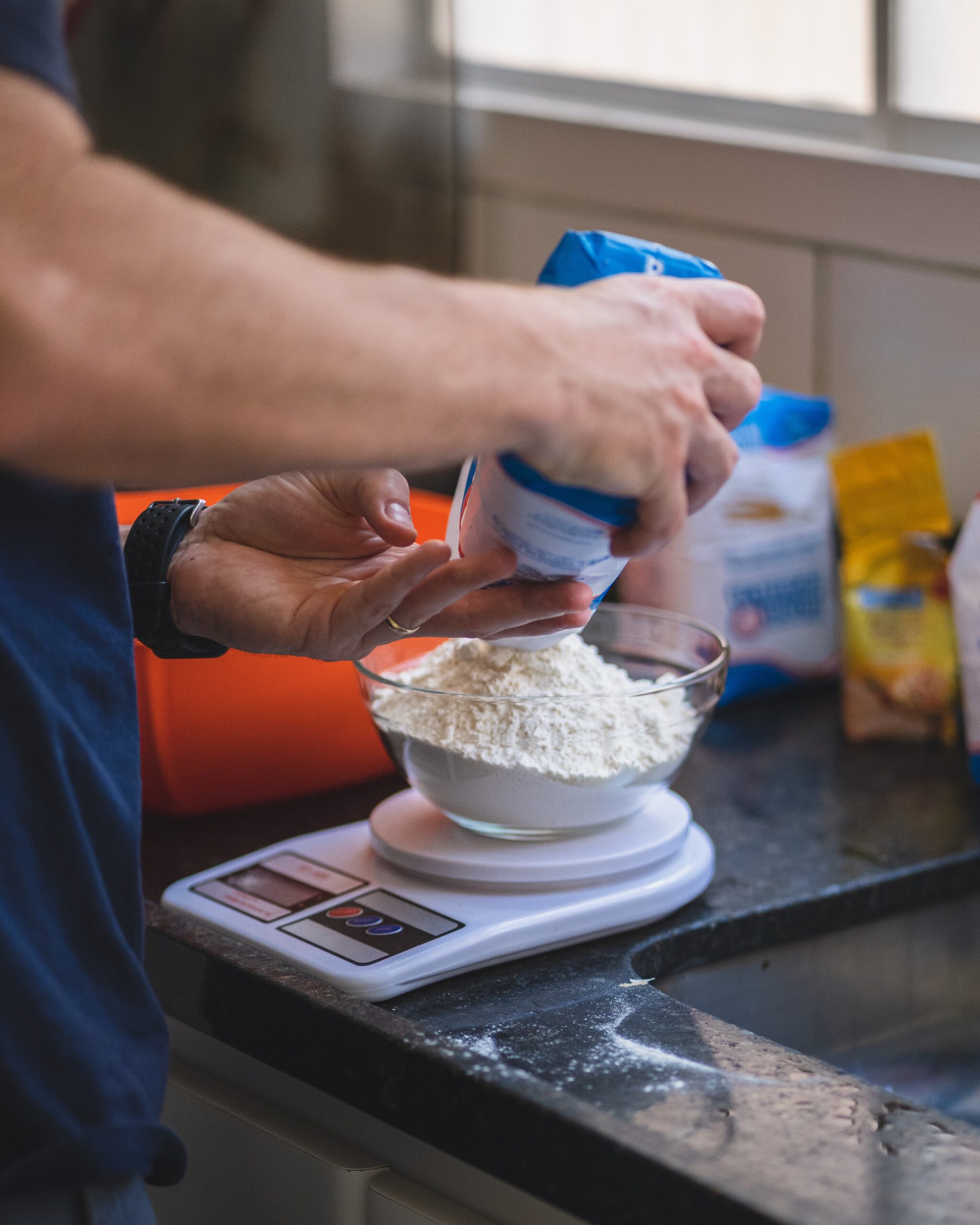5 Weight Loss Habits
The diet after the diet.
After years of working almost exclusively with weight loss clients, patterns start to emerge from
those who successfully keep the weight off. Most people have lost weight at various points in
their lives from following crash diets, extreme exercise programs, or cleanses. We don’t have a
weight loss problem in the West, we have a weight maintenance problem, or, the diet after the
diet.
If you don’t have a plan for once the diet is over, you’ll likely gain all the weight back, and often
more. If your goal is to lose weight, and keep it off, that means there will have to be some
permanent changes to your lifestyle. This doesn’t mean you can’t eat cookies, cake, or pizza
forever. Quite the opposite, actually. If you want to lose weight and keep it off, some wiggle
room for treats will be needed. However, what you eat every now and again is less important
than what you’re doing daily. This list is the top 5 habits I see among my clients who lose
weight- and keep it off.
- Protein Target
Protein is essential, which means, we need it to survive. At a bare minimum, this is set at 0.8g/
kg of lean body mass. Beyond it’s important metabolic, hormone, and fluid balance functions,
protein helps keep you full. This is why it’s such an important tool for successful weight loss, as
it prevents those late night snack attacks and 3pm dips in energy. Ideally, most people thrive
on an intake of 2g/kg of lean body mass. How the heck do you calculate this? How do you
know how much lean body mass you have? You could go for a DEXA scan, but an easier way
to estimate your protein needs, are to base your protein target off of your goal weight. If your
goal weight is 130lbs, set your protein target to 130g per day.
For example, this could be a 30g whey protein smoothie in the morning, 120g baked chicken
breast salad for lunch, and an 8oz steak dinner. - Volume Eating
Volume eating just means consuming larger meals with tons of vegetables, fiber, and nutrient
dense foods, rather than smaller, less filling meals that are equal in calories. For example, you
could eat a Big Mac burger, or a large salad with chicken and a side of fruit. They might be
equal in calories, but the higher volume meal will keep you fuller, longer. Aim to fill your plate
with loads of vegetables, lean protein, and 1-2 tbsp of fats. - Hydration
Staying hydrated is important for so many reasons, but in this context it’s important so you
don’t reach for another snack, when you’re really just dehydrated. So how much do you need?
This will be very individual depending on how much you sweat, your job, and type of exercise
that you do. 33mL per kg of bodyweight can be a good place to start. More importantly, your
urine should be a light yellow colour. - Step Target
Most people don’t realize that the bulk of their daily calorie burn comes from the small
movements they’re making everyday, not their workouts. I’d much rather a client get 10k steps
daily, rather than a client who exercises 1 hour a day, but is otherwise sedentary. Research
indicates that anywhere from 7-10k steps daily is optimal for health. - Stress Management System
A lot of people struggle with emotional eating, which is why having a stress management
system is so important. There is no one size fits all, find ways to decompress that you
genuinely enjoy. This can be meditation, breath work, journaling, reading, yoga, baths or so
much more. Build it into your day, even if it’s only for 10 minutes.

